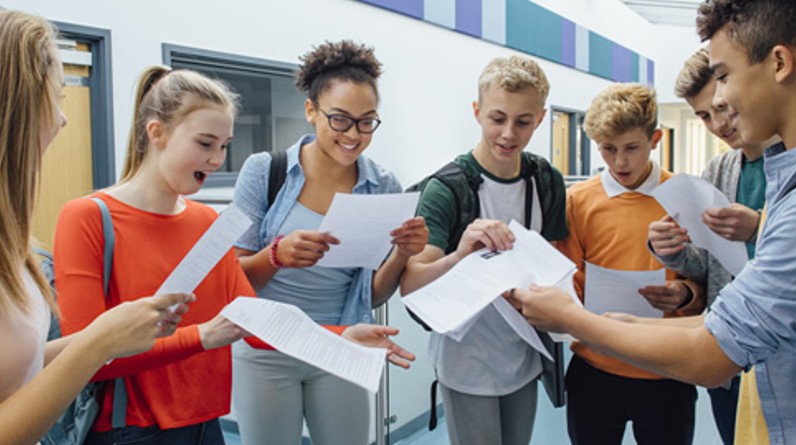In education’s evolving landscape, promoting cooperative environments is instrumental for unlocking student potential. By fostering cooperative environments, educational institutions not only facilitate a more inclusive learning experience but also empower students to harness their individual strengths within a collective framework. Integrating team-centered frameworks within academic institutions strengthens both performance and life abilities like communication, problem-resolution, and interpersonal associations. Below we will inspect collaborative methodologies that learning centers can implement to bolster supportive communities empowering learners to thrive.
Transformational Group-Based Pedagogies to Captivate Students:
Within modern education, collective learning has become fundamental for captivating and advancing students. Deploying instructional approaches emphasizing cluster activities, peer coaching, and project-based coursework can dramatically enhance comprehension and critical thought. The integration of an lms learning management system proves instrumental in captivating students by providing a centralized platform for collaborative learning, resource sharing, and interactive engagement. By fostering settings where learners actively collaborate on scholarly tasks, institutions implant accountability and deeper subject resonance. Cross-disciplinary group ventures like designing phone apps to teach languages or building solar-powered devices merges STEM and liberal arts learning. Students gain holistic skillsets from cooperating on ambitious deliverables mirroring real-world complexity.
Structuring Balanced Teams by Ability for Cohesion:
Thoughtfully organizing student teams marks vital groundwork enabling cooperative victory. Educators should carefully evaluate individual capabilities, weaknesses, and learning types when grouping for compatibility. Each group should unify multifaceted strengths to unlock synergies from diverse skillsets focused toward shared targets. Dynamic assemblies outperform disconnected participants. Effective methodology for well-rounded team assembly includes blending personality tests insights with performance tracking.
Digital Tools to Facilitate Next-Generation Collaboration:
Incorporating technology promises boundless opportunities for amplifying interpersonal education via digital channels reflecting real-world workflows. Virtual software overcomes physical restraints like location and scheduling while data insights optimize configurations. Tech empowers the next generation. The use of innovative tools is pivotal for educational institutions, and one such catalyst for next-generation collaboration is the implementation of online library software, providing teams with seamless access to a wealth of resources for enhanced knowledge sharing and collaborative research. Moreover, online simulation software empowers constructing mock environments to practice collaborative decision dynamics around crisis scenarios or product launches.
Teacher Facilitation Methods to Inspire Students:
Educator facilitation abilities remain integral to actualize team-based education’s full potential. With proper training, they can create environments for students to thrive. Without capable captains, even all-star players struggle to triumph. Specialized seminars focused on leading collaborative exercises spotlights best facilitation practices to apply. Overall, instructors essentially serve as facilitators guiding good faith debates toward enlightenment. The Socratic methods underpinning human progress rely on curating wisdom from discourse. Trained educators thus anchor collaborative learning strategies to empower students.
Innovative Assessment Models Quantifying Team Contributions:
Evaluating collaborative education demands progression from conventional individual assessments to accurately quantify team inputs spanning multiple participants. Holistic grading through group assignments, peer reviews and project-based scoring allows more comprehensive performance measurement based on collective undertakings mirroring workforce environments. Faculty advisors can provide tailored guidance. Furthermore, emphasizing packed portfolios over singular high-stakes exams accounts for body works spanning semesters, capturing incremental progress. Evaluators should appraise growth arcs spanning early setbacks to later triumphs showcasing perseverance. Overall, multifaceted assessments quantify well-rounded excellence demonstrated through synergistic collaboration plus solo efforts. Holistic insights ultimately prepare pupils for career scoring based on balanced performances.
In summary, reorienting schools toward cooperation systemizes preparing students for interdependent destinies. Assimilating collaborative methodologies through engagements, optimized teams, edtech integrations, instructor facilitations and 360-degree assessments collectively elevates institutional ecosystems. Academics must evolve beyond transactional lessons toward transformational experiences simulating real world complexities requiring critical thinking and teamwork proficiencies. The future workplace demands talent transcending pure technical skills – people who expertly interact with technology and more importantly, each other. Creative environments inspire students to reach farther through collaboration.
